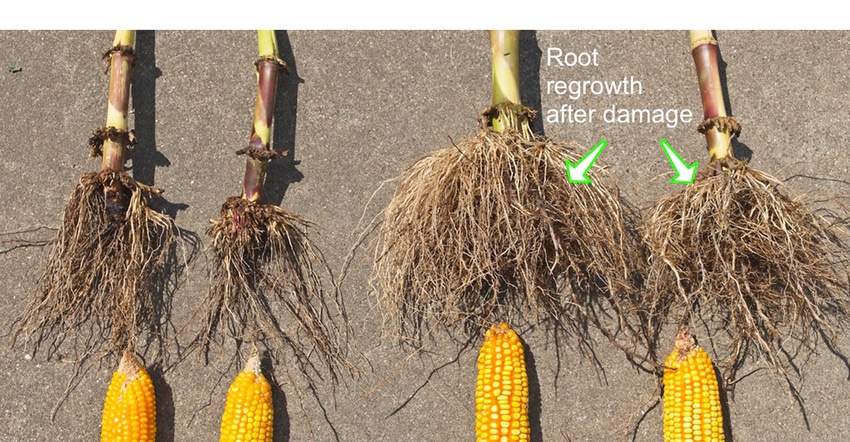September 10, 2018

We are entering a time when insects have become resistant to many of the Bt toxins in our GMO corn and cotton. This is the first in a series of articles where I will discuss what this might mean in terms of crop damage and the value of the Bt technologies.
To start the series, I want to make it clear that Bt crops are more than just insect protection; they are herbicide tolerance, cold tolerance, and improved genetics for yield, drought and disease tolerance. These other virtues remain even when the insect control fails, although reduced insect control clearly can affect some of them, like yield potential and drought tolerance.
Back in the early days of Bt crops, seed companies defined and charged a "technology fee" that was added to seed cost; growers knew what they were paying for insect protection. Those days are long gone for various reasons, and now the seed cost is what it is and there is no way to know how much is being paid for the Bt traits.
While we don't know the cost of the Bt component in seed, we can approximate the value under significant pest pressure. The situation is perhaps the most straightforward in corn rootworm where the larvae prune roots, reduce water and nutrient uptake, cause plant lodging, reduce plant biomass and direct grain yield, and put pollination at risk through silk clipping.
For corn rootworm, the commonly accepted approximation (in the Midwest) is that for each node of roots pruned there will be a 15 percent yield loss. Two nodes of root pruning in a 200 bushel field would equate to 60 bushels, or $216 at $3.60 corn. This dollar loss figure does not reflect harvest difficulties due to plant lodging. Direct bushel loss is likely to be significantly higher here on the High Plains where we often grow corn under more severe water deficit. (To my knowledge there are no similar regional studies on silage corn.)
The photo below was taken this week near Hart, Texas, and shows two hybrids in the same family from the same seed company. The plant on the left had no Bt toxin effective against corn rootworm. The plant on the right had mCry3a, the toxin we believe is now compromised. The root masses on the mCry3a plants are mostly regrowth; the primary roots were heavily damaged and would have rated about a 2.0 on the formal 0-3 corn rootworm injury scale. The plant without any Bt would rate a 3.0, the maximum damage possible. (Corn in this field had plenty of water to promote root regrowth; it was irrigated with subsurface drip.)
Clearly the failing Bt toxin provided some value. Had there been some Cry34/35 corn in this trial there would have been corn with relatively little damage and we could assess the yield loss experienced due to mCry3a failure.
Diminished value is still value, but certainly not full value. Planting mCry3a corn next year in fields where mCry3a failed this year is going to result in significant value reduction, probably even greater than in 2018 because a higher percentage of the population will be resistant next year. In this case, if mCry3a must be planted again, a soil applied insecticide is necessary to provide some protection. The protection will not be as good as when the Bt was working well, but the benefits of the added insecticide will be significant.
Planting a corn hybrid with the Cry34/35 toxin either alone or in combination with mCry3a is a better option because the Cry34/35 is still working and the mCry3a is still kind of working.
Reduced value in Bt corn with caterpillar control is a bit more complicated and will be addressed in a future edition of the FOCUS on South Plains Agriculture newsletter.
Source: FOCUS on South Plains Agriculture newsletter:
You May Also Like




